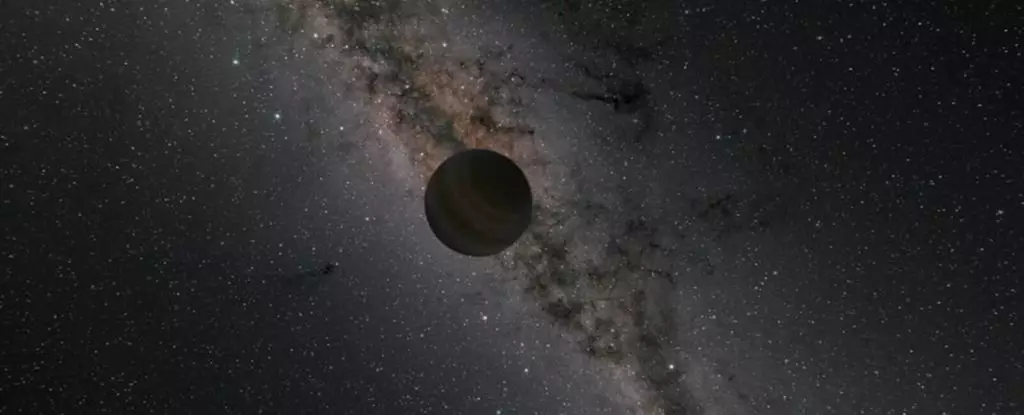The outer Solar System is an enigmatic and unexplored region of our cosmic neighborhood. Beyond Neptune’s orbit lies the Kuiper Belt, a field of small icy rocks that is home to dwarf planets such as Pluto, Eris, and Haumea. Further out, there is the hypothetical Oort Cloud, an immense sphere of small rocks enveloping the entire Solar System. While long-period comets are believed to originate from the Oort Cloud, the full extent and contents of this distant region remain largely unknown.
Astonishing Possibilities
Within this uncharted wilderness, there may lie a hidden treasure trove of celestial bodies. Theoretical astrophysicist Amir Siraj from Princeton University has explored the tantalizing concept of extraterrestrial planets lurking in the outer Solar System. Through mathematical calculations, he has devised estimates of how many alien planets might exist, invisible to our current telescopes. His predictions suggest the presence of approximately 1.2 planets with a mass greater than Mars, 2.7 planets comparable to Mars, and 5.2 planets comparable to Mercury. While these estimates are speculative, the notion of a solitary world that has traveled from a distant star is undeniably captivating.
The Origin of Loners
The concept of free-floating or rogue planets was first introduced in 2000 when astronomers discovered planets that had been ejected from their parent stars’ gravitational pull. These wandering planets peacefully meander through the galaxy without any celestial ties. The prevailing theory suggests that gravitational interactions easily disrupt planetary stability, resulting in a significant population of unattached planets adrift in the cosmos. Although the prevalence of rogue planets remains uncertain, ongoing advancements in detection techniques are improving our ability to observe these cosmic nomads and refine estimates of their numbers.
Interestingly, rogue planets may not remain untethered forever. If they happen to pass too close to a star, they can be captured by its gravitational pull. Jupiter, for instance, is notorious for its gravitational influence, and evidence suggests that it has stolen several small celestial bodies throughout its cosmic journey. Considering this phenomenon on a grander scale, Amir Siraj embarked on a quest to determine the likelihood of the Sun capturing rogue planets.
Siraj’s investigation involved estimating the number of rogue planets within the Milky Way galaxy and calculating the probability of these planets passing close enough to the Solar System to be captured by the Sun’s gravity. The outcome of his calculations suggests a remarkable possibility – there could be a planet of substantial mass, somewhere between the sizes of Mercury and Earth, silently residing in the outer fringes of our Solar System. In his research paper, Siraj emphasizes the necessity of conducting simulations to further understand the capture and retention processes of free-floating planets, both within our Solar System and those bound to other stars. Additionally, he encourages exploring various observational methods to verify the existence of captured planets.
The Quest for Discovery
Excitingly, the Vera C. Rubin Observatory, currently under construction in Chile and anticipated to commence science operations in 2025, may hold the key to unraveling this mystery. If fortunate enough to be suitably positioned relative to the Earth, a captured planet in the outer Solar System could potentially be spotted through the observatory’s powerful instruments. The quest to uncover hidden alien planets within our cosmic backyard continues, pushing the boundaries of our knowledge and sparking our imaginations.
In the vast expanse of the outer Solar System, countless secrets await our discovery. With each new insight, we inch closer to unraveling the mysteries of our celestial neighborhood. The possibility of hidden alien planets existing in the outer reaches of our cosmic home fuels our curiosity and reinforces the notion that the universe is boundless, brimming with surprises just waiting to be unveiled.



Leave a Reply